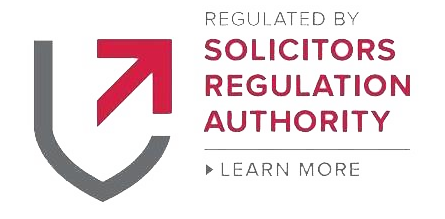COVID-19 & The Coronavirus Job Retention Scheme
Following on from our series of articles advising you about the Coronavirus Job Retention Scheme (CJRS); over the weekend the Government have now published further guidance regarding the Scheme and terms which apply when furloughing an employee. There are still many outstanding queries and we will continue to update you as and when we receive further information.
Points to be covered in this article
In terms of the updated guidance, the key points to note are as follows:
Previously we were advised that an employer could only reclaim 80% of the employee’s basic salary. However, this has now changed and an employer can reclaim 80% of basic salary and compulsory commission. By compulsory commission it is presumed this means contractual commission. This is clearly good news for those employees who have a low basic income but make up their salary with contractual commission payments. Remember, that if the employee has a variable income (and this may well be the position if an employee earns more commission in one month compared to another) then as an employer you would be able to claim the highest of either the:
- same months earnings from the previous year;
- average monthly earnings for the 2019/2020 tax year.
If an employee has been employed for less than 12 months, then as an employer you can claim for 80% of their average monthly earnings since they started work if they are furloughed.
The guidance has also now confirmed that the claim of up to 80% of wage subject of course to the £2,500 cap does not include non-monetary benefits so for example, the value of health insurance.
Rotating Employees on Furlough Leave
We previously advised you that we believed that you would be able to rotate employees and further that employees could be furloughed multiple times. The guidance has now confirmed this to be the case so a furloughed employee could be brought back to work and then re-furloughed. However, when furloughed the minimum period for each furlough period must be at least 3 weeks. This will however assist employers where they rotate employees on furlough leave to ensure fairness.
A slightly more controversial clarification is that an employee is able to start new employment if they are furloughed from your company. This effectively means that a furloughed employee could commence employment with another company thereby receiving up to 80% of their income via the Furlough Scheme (subject to the £2,500 cap) whilst also receiving a full salary from an alternative employer. This would seem to encourage employees from profiteering from what is undoubtedly a global crisis and we therefore suspect that the Government may well do a U-turn on this. Working for another employer may of course place the employee in breach of contract, subject to the terms of their contract of employment.
Can Company Directors Be Furloughed?
The additional guidance has also confirmed that Company Directors can be furloughed. Company Directors are permitted to perform their “statutory duties”, but what this means, in reality, remains to be seen. We suspect that statutory duties will be interpreted quite strictly and will for example include simply attending to filing an Annual Return at Companies House. Company Directors must ensure that they do not perform any other work for the company otherwise the company will be in breach of the CJRS. Additionally it is important that the company adopts a formal process when furloughing Directors so that there is a recorded resolution of the Board and this is communicated to the furloughed Director concerned.
Do you have any questions about the CJRS?
Contact us today.
Furlough Record Keeping
What is also essential is that an employer must notify employees of their furloughed status in writing. The guidance also states that as an employer you must keep a record of the written notification for 5 years. We suspect that HMRC will be retrospectively auditing claims made by companies for their furloughed employees after the pandemic crisis has passed, and further suspect that the reference to keeping the record for 5 years means that HMRC may take up to 5 years to retrospectively audit claims.
There still remains many unanswered questions and queries regarding CJRS, which is probably not surprising given that the Coronavirus Act made it through Parliament in less than 2 weeks, and the term “Furlough Leave” under the Coronavirus Job Retention Scheme is a completely new concept. We will continue to update you as and when further guidance is received.
Get In Touch
In the meantime, if you are a company experiencing a significant downturn in business, and you are considering the need to furlough employees and require advice and assistance, then please do get in touch with one of the members of our Employment Team by emailing employment@goughs.co.uk.





